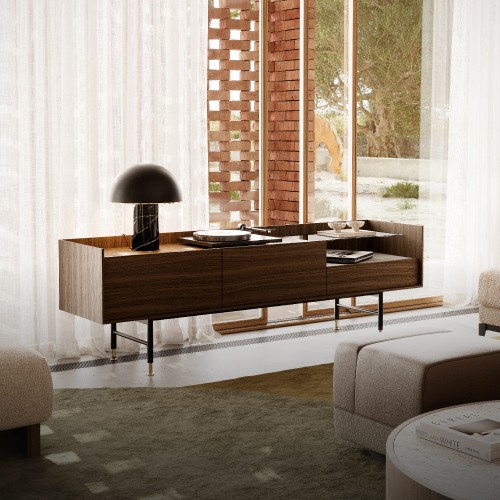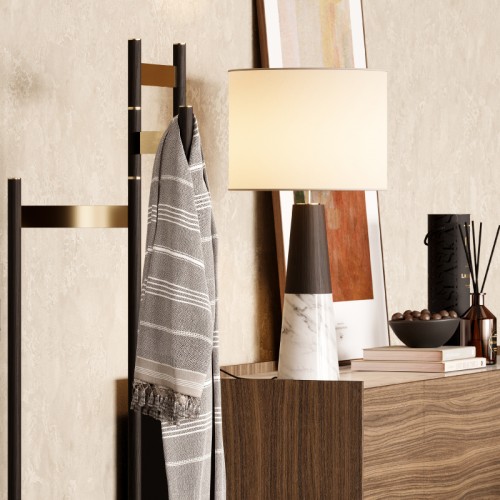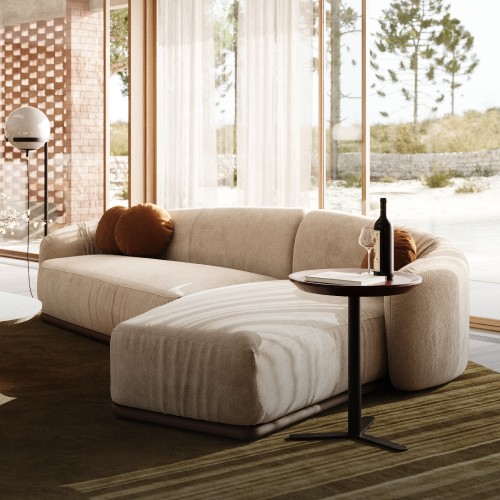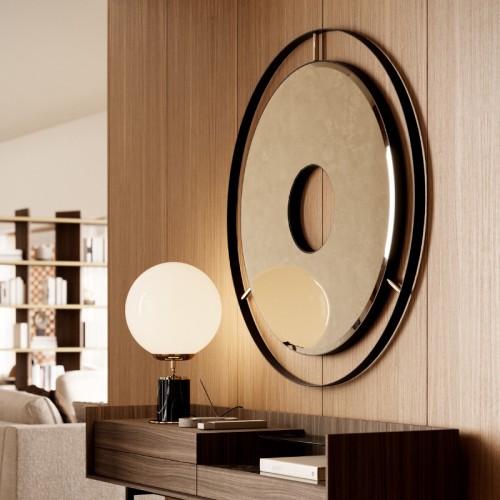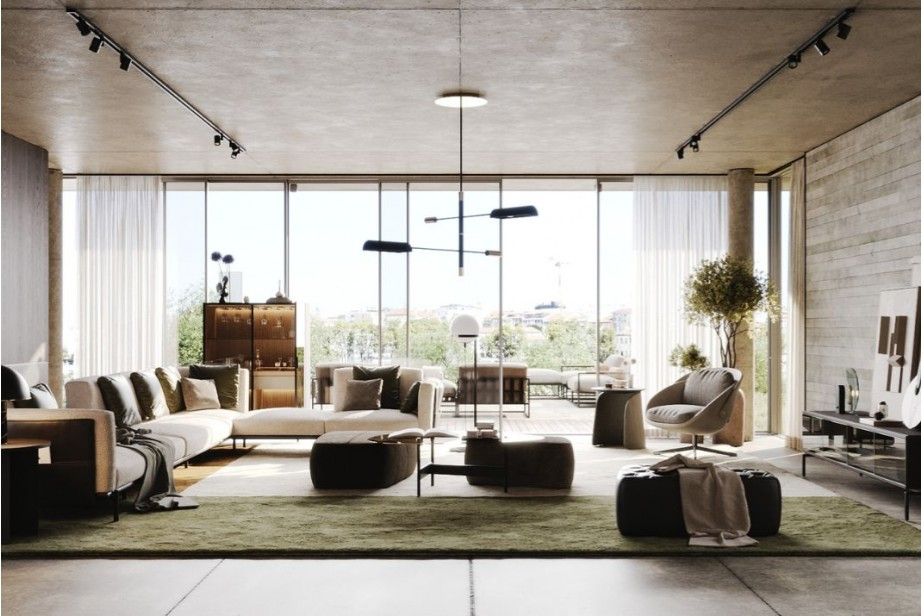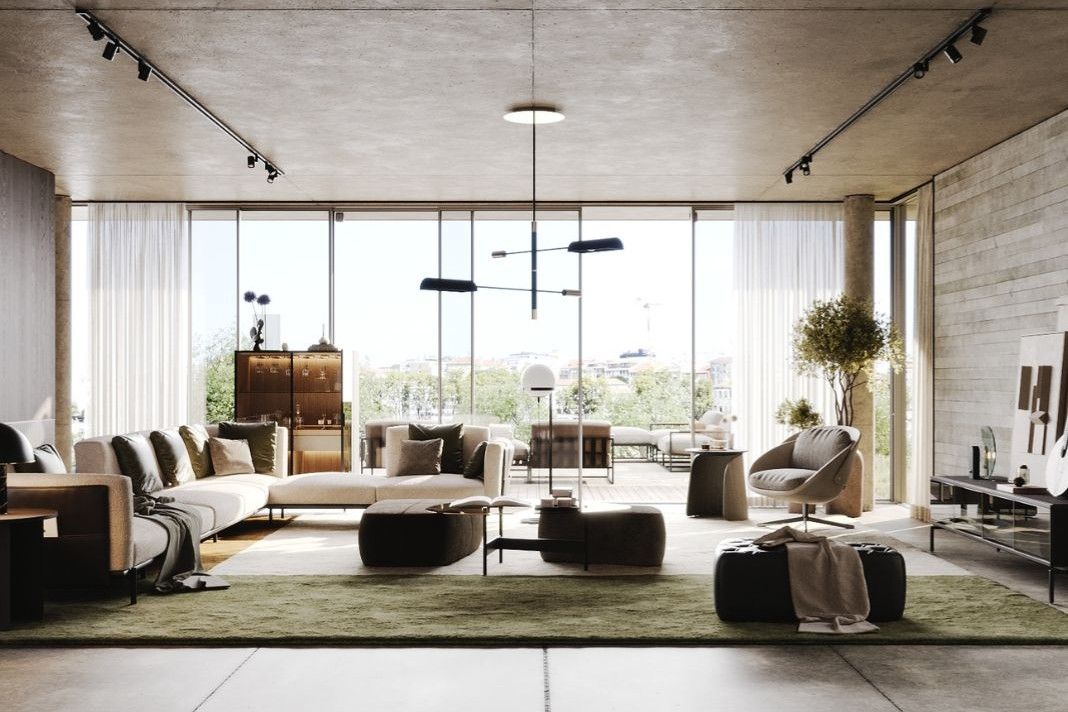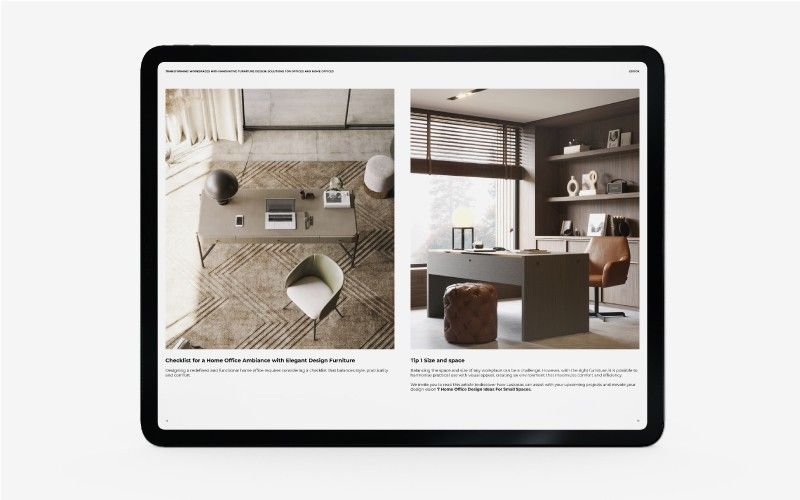When planning home interior decor, the main attention is given to furniture, colour schemes, and accessories to enhance the space’s aesthetic. However, without proper lighting, all that effort may go unnoticed. That’s why lighting should be a top priority and a key element in enhancing the atmosphere of any design project.
In this article, we’ll share expert lighting strategies to improve the ambience and functionality of your interior projects, helping you create visually striking and client-focused designs.
Types of illumination | Size | Temperature | Natural lighting | Decorative Illumination | Colours
Type of Lighting and its Importance
Choosing the right type of illumination goes beyond functionality and aesthetics. The kind of lighting you choose plays an important role in defining the atmosphere, enhancing furniture features, and meeting the specific needs of a space.
In this sense, understanding their purposes makes it possible to take advantage to create practical and visually appealing environments.
House Living room 5 well illuminated with Meredith Chandelier and Clarke Table Lamp
Let's have a look at the main types and THEIR role
Ambience lighting - provides an overall illumination for a room, ensuring all spaces are lit and comfortable, creating a welcoming environment.
Task lighting - concentrates on specific areas for activities such as reading or working. Floor lights and table lights are the best options for these tasks.
Accent lighting - highlights architectural details, artwork or design elements in a room. This type of illumination adds depth, drama and visual interest, converting ordinary spaces into chic environments.
Decorative lighting - serves as a design statement to enhance the overall style, through ceiling or wall and surface lights.
Lighting Size Matters
It's become clear that size is a key factor to consider in an interior design project, to make sure that every corner is well-lited.
How to Calculate the ideal fixture size for a room
A simple tip for choosing the right fixture size is to measure the width and length of the room, and then add them together. Convert the total from feet to inches, and this number will give you a general idea of the ideal diameter for your light fixture.
Let's say the room you're working in is 12 feet wide and 16 feet long, the sum of these gives a total of 28 feet. Converting to inches, you'll need a fixture approximately 28 inches in diameter.
Douro house living room illuminated by Randolph Suspension Lamp
Temperature Lighting
Lighting temperature, measured in Kelvin, plays an important role in shaping the mood and functionality. It's essential to consider these characteristics and functions to ensure the lighting is suited for the specific environment.
Warmer tones, ranging from 2700K to 3000K, are ideal for creating a cosy, inviting atmosphere, making them perfect for living rooms and bedrooms.
Cooler tones go from 4000K to 5000K, offering a crisp, energising light, ideal for integrated workspaces, kitchens and all areas where focus and clarity are essential.
With this in mind, considering the appropriate temperature based on the space you are working in, will help create the desired environments that not only meet practical needs but also evoke the desired emotions.
Natural lighting
What is natural is always better, especially when it comes to lighting. As you know, natural light has a considerable impact on well-being and plays a vital role in creating a healthier indoor environment.
Some strategies to maximise natural light
Keep windows clear to allow natural sunlight to flow into the room.
Use mirrors to reflect and illuminate dark areas with the light that comes from outside.
Choose neutral, light-coloured, or sheer curtains to let sunlight in while maintaining privacy.
Decorative illumination
Table lamps serve a dual purpose as light sources and statement pieces that enhance the decor of any interior project.
By carefully selecting materials and finishes, table lamps can become standout elements that elevate the overall aesthetic of a space. Sleek metals give lamps a modern, sophisticated edge, while warm woods bring a natural, inviting feel.
Therefore, the right combination of finishes can truly enhance the design and impact of a table lamp within the room.
Colours Lighting
When selecting light colours, it’s important to consider how they can significantly impact how furniture colours are perceived.
Bright colours accentuate the details and richness of furniture tones, making the design more vibrant and defined. On the other hand, warmer hues like yellow can soften the appearance, creating a more soothing and welcoming atmosphere.
House 7 Dining Rooms well lit with Meredith Chandelier
We learn the importance of how illumination can enhance the aesthetics and functionality of an interior design project.
From the type of illumination to size, temperature, natural lighting, and colours, you can now use our recommendations to improve and accentuate your interior design projects.
Explore Laskasas' website to ignite your creativity and discover inspiring ideas for illuminating every living space in your interior design projects.
To learn more about transforming workspaces through innovative furniture design, we invite you to download the eBook, where we offer guidelines and practical strategies.
